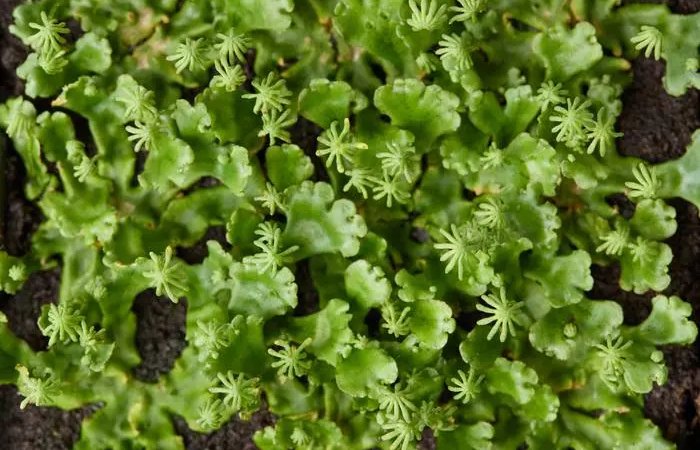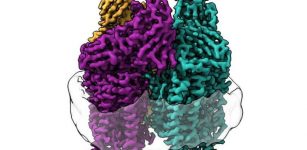Resilient Plant And Its Ability To Adapt To Climate Change
Eddie Gonzales Jr. – MessageToEagle.com – Understanding plant adaptation to environments is crucial for addressing climate change.
Marchantia polymorpha is a powerful model for genetic studies ©Johannes Hloch/GMI
A study by Liam Dolan and Frédéric Berger at the Gregor Mendel Institute reveals how Marchantia polymorpha adapts to different climates by linking climate data with genetic variation.
As climate change accelerates, plants must adapt to shifting ecosystems. This is urgent for crops, as drought and heat-resistant plants are vital for future food security. Fortunately, plants can adapt well to diverse climates; for example, Arabidopsis thaliana thrives in both Sweden and Italy.
Understanding the natural adaptation mechanisms of plants to diverse local conditions is crucial for forecasting their responses to climate change and can significantly contribute to the development of more resilient crop varieties.
A recent study offers valuable insights into the genetic foundations of plant adaptation to climatic variations. By integrating population genetics with global climate data, researchers have identified genetic variants that underlie climate adaptation in Marchantia polymorpha.
The study, by the labs of Liam Dolan and Frédéric Berger at the Gregor Mendel Institute (GMI) of Molecular Plant Biology, as well as Kelly Swarts, former GMI group leader and now at the Umeå Plant Science Centre, and Masaki Shimamura at Hiroshima University, was published in Current Biology on February 10th.
Building a genomic map of climate adaptation
Genetic variants underlying certain traits, like enhanced heat resistance or different seed sizes, are often selected in environments where they provide a survival or reproductive edge. However, which genetic variants are responsible for climate adaptation is mostly unknown. To uncover these variants, the researchers compared the genetics of different regional subpopulations of Marchantia polymorpha collected across Europe, America and Japan, creating a population genomics database. By integrating this database with a worldwide climate dataset, the scientists correlated each subpopulation’s genetic profile with its local climate.
“Comparing populations in Europe and Japan, we found genetic variants associated with warmer and colder summer temperatures, as well as with the amount of summer precipitation,” explains Liam Dolan. “These adaptations could be crucial for optimizing reproduction in different conditions.”
The study also revealed that genetic variability differs notably between populations of Marchantia polymorpha. Populations collected from different areas in Europe were similar to each other but presented high genetic variability among their individuals. In contrast, geographically isolated Japanese populations exhibited more uniform genetic profiles, distinct from those in Europe. These patterns suggest that climate adaptation may favor different reproductive strategies in Europe and Japan, as Marchantia and other bryophytes can famously reproduce both sexually and asexually.
The new population genomics database – the first of its kind for Marchantia polymorpha – offers scientists worldwide a powerful platform to study genetic variability. “We’re eager to expand this database with samples from around the globe, enhancing the robustness of future research,” Liam Dolan points out.
“Our platform opens up exciting possibilities for addressing a wide range of biological questions related to plant growth and development.”
Written by Eddie Gonzales Jr. – MessageToEagle.com Staff Writer











